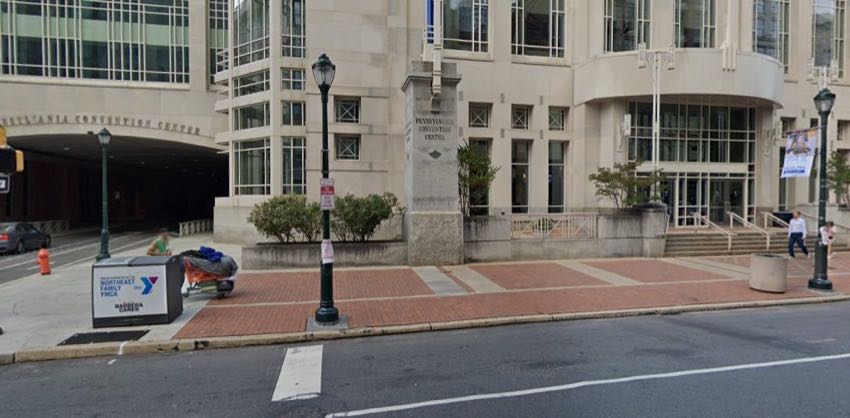We’re not out to alienate unions or make any specific commentary about pro- or anti-union affiliation, but a recent occurrence in Philadelphia reinforced the importance of common sense and clear lines of communication when union issues are involved. Pennsylvania’s Convention Center recently underwent an overhaul to bring its total usable floor space to just over two million square feet. And when we say “overhaul” we mean to the tune of 3/4 of a billion dollars. That’s a very big deal. So you’d think that with expansion of that type, the convention center would do all that it could to encourage business and convention use and traffic and bring in new organizations to recoup the costs.
Trouble is, Philadelphia’s Pennsylvania Convention Center, which was built in 1993, is the most complained about convention center in the country, mostly in regards to union labor prices and treatment. This is according to a paid consulting group that assessed the experience of convention exhibitors a few years ago. Their conclusion?
“Virtually every customer reported that [Convention Center] show labor was inefficient, hostile, or both. The [Convention Center] labor situation is perceived as the worst encountered anywhere in the country at this time.”
But with a $780 million expansion all that would be changed, right?
Apparently not.
According to an article at The Philly Post, the convention center (and the city of Philadelphia) just lost a $15 million estimated economic boost. Why? Because in 2003, leaders of the 6 local unions that work at the Convention Center signed a 21-page Customer Satisfaction Agreement.
And that agreement has a clause that says, in Exhibit C, Paragraph E, Subsection 1: “An exhibitor “may use hand tools… but not power tools including battery operated tools, or ladders.”
No battery operated power tools? In 2012???
So the pharmaceutical and biotech group that was going to bring its 10,000-attendee show to Philadelphia went to the Convention & Visitors Bureau to have that particular section (in particular) removed.
Instead, the Convention & Visitors Bureau agreed to modify the agreement by making sure an adequate number of union employees would be provided to do the required work.
And Interphex, the group attempting to negotiate the deal, walked.
Apparently, the client believed that if exhibitors can’t even assemble their own booths without union worker supervision, they would rather go to a convention where the rules are more flexible and accommodating. We’d have to agree, at least, that at some fundamental level, the lines of communication (and common sense) broke down here and resulted in a net loss for all parties involved.
So what was the result of all this? Not much. Not yet, anyway. The current Customer Satisfaction Agreement between the unions and the Convention Center, the document responsible for the issue leading to the loss of this large client, expires in mid-2013. Hopefully negotiations for the next contract will include a bit more flexibility and common sense. If not, then Philadelphia’s Pennsylvania Convention Center may have a long hard road to recouping the costs of its recent expansion.



